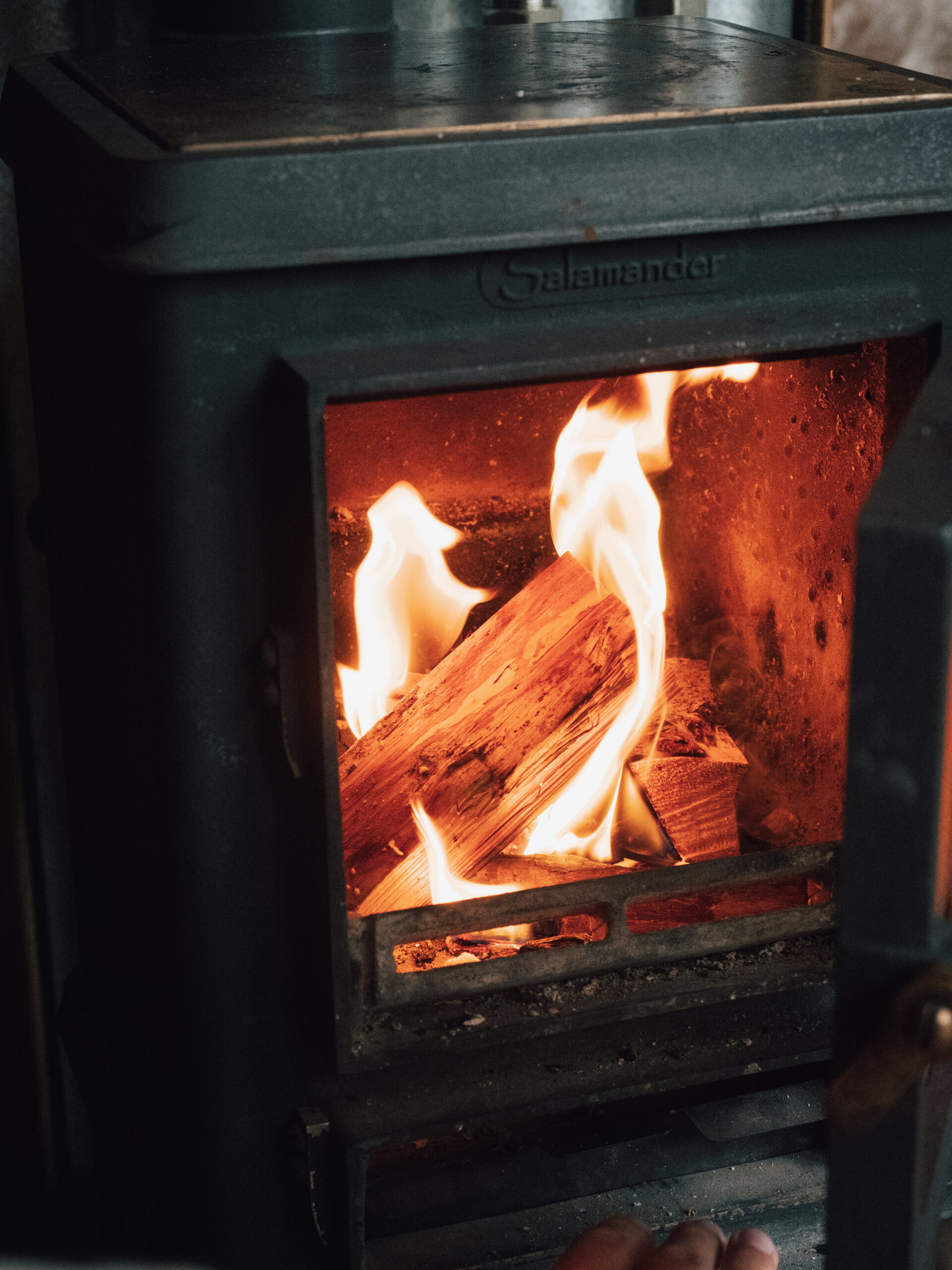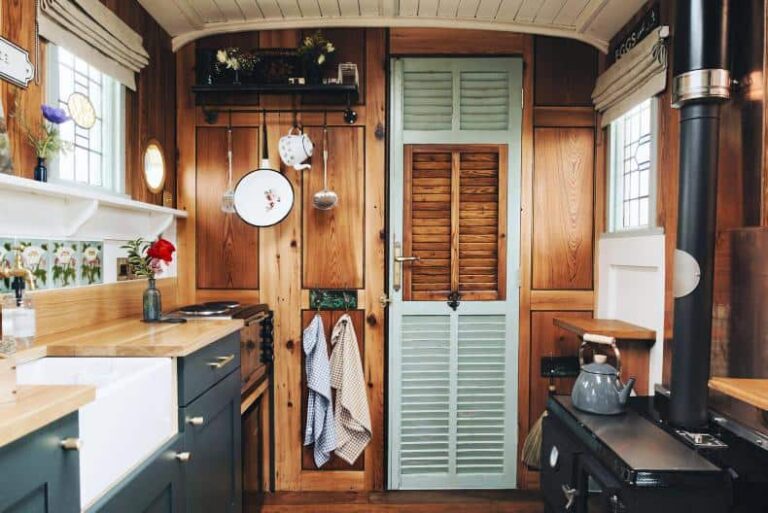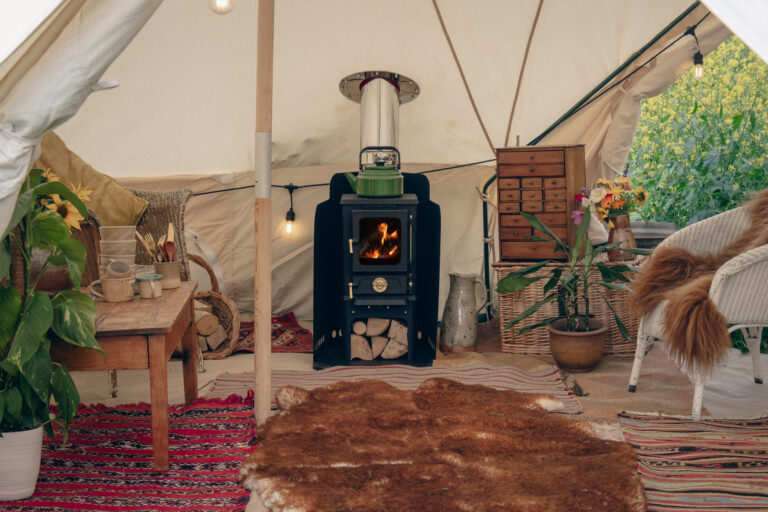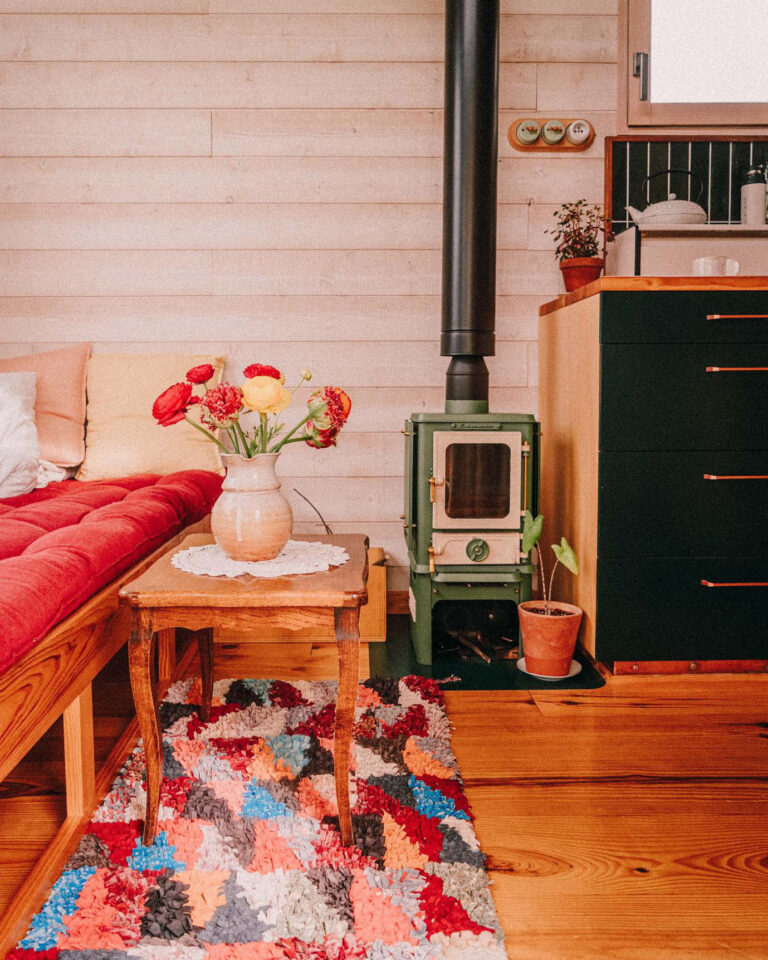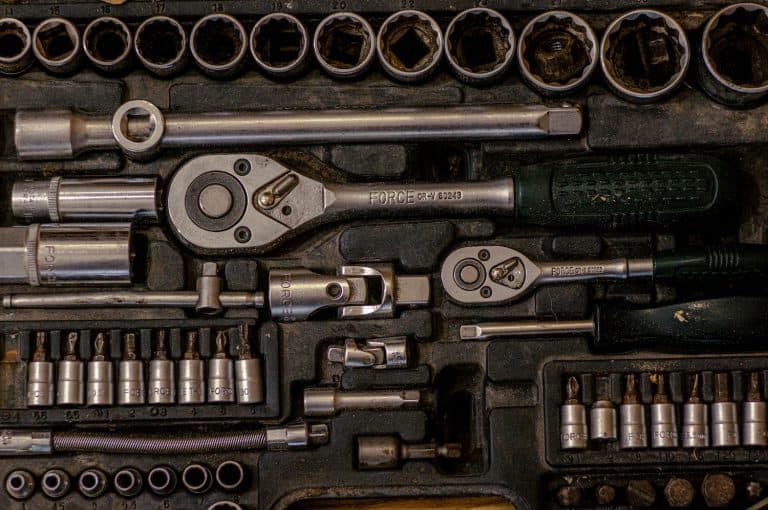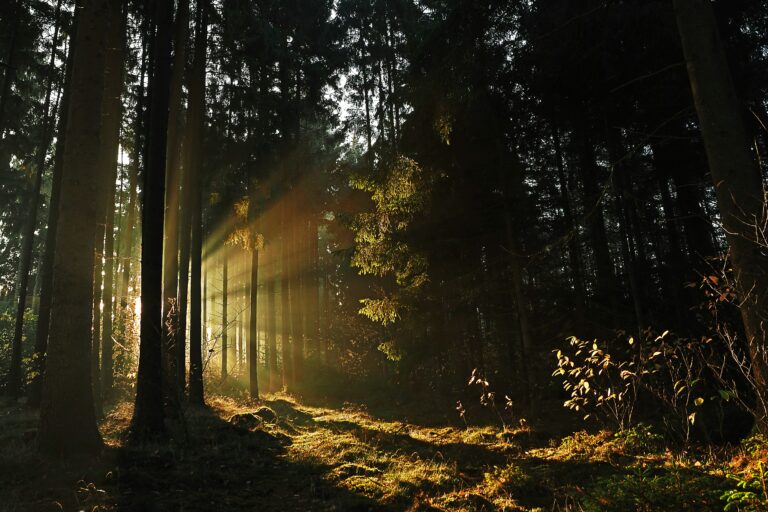The Backlash Against Wood Burning Stoves
There has been a recent backlash against wood burning stoves, and wood burners have endured considerable criticism within the media lately. This criticism has focused on the growing number of wood burning stoves, and the impact that wood burning has on air quality within the UK (particularly within more urban areas). Most of the information is misleading.
In this article, we will explore some of the realities and misconceptions of wood burning stoves in more detail. We will also provide you with plenty of advice on how you should use your stove responsibly, in order to minimise your impact on the health of others and our environment.
If good-quality dry wood is sourced responsibly, then this is a much more environmentally-friendly alternative to burning gas or oil. When a modern Eco Design stove is operated correctly, it can provide an efficient, sustainable and renewable way to heat your home.
The Hobbit stove, the Hobbit SE and our Little Range Cookstove are all Eco Design appliances which are incredibly efficient, controllable and easy-to-use. The Hobbit SE and the Little Range are both DEFRA-exempt, and they have even passed the HETAS Cleaner Choice Scheme, so you can be completely assured that you are purchasing an eco-friendly appliance.
20% of every Hobbit stove is made from recycled cast iron, and we also go the extra mile by funding reforestation projects for every stove that we sell.
The Growing Popularity of Wood Stoves
First, we must understand why there is an increasing number of stoves being purchased and installed across the UK, and why wood burners have become more popular in recent years.
The sharp increase in household energy bills has undoubtedly played a leading role in the surging popularity of wood burners. Soaring energy bills have become an even bigger problem since the Covid-19 pandemic; not only due to the financial hardships created by this event, but because of the increasing number of people who now work from home.
More and more people are using a small wood burning stove as a cost-effective way to heat their house or a home-office, such as a shed, a shepherd’s hut, a summer house or a garden studio.
Our small wood burning stoves are also very popular with people living in canal boats, campervans, caravans and tiny homes; less common ways of living, but ones which are often underrepresented.
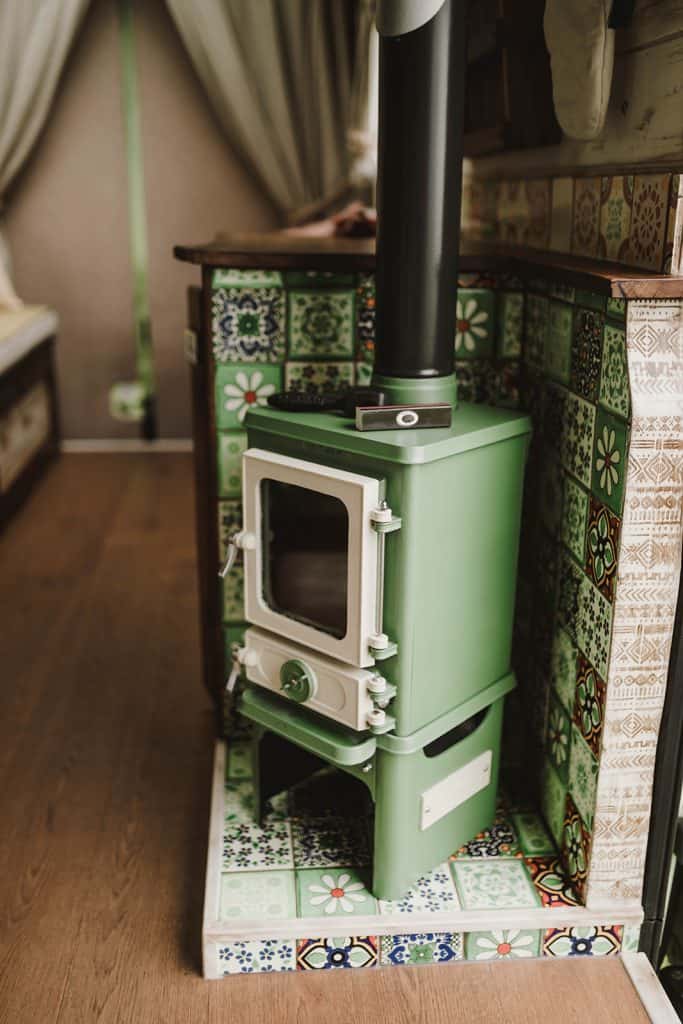
Here are just some of the reasons why more people have been purchasing wood burners:
- Burning wood is much cheaper than using gas, oil or electricity to heat your home. Using a small wood stove for cooking, or to power a hot water supply, will provide you with additional savings.
- A small wood burning stove is separate from the national grid. This makes it a great choice for people who live in canal boats, campervans or other forms of dwellings. A small wood stove is much more reliable and environmentally-friendly than a polluting diesel generator, which is often used as the alternative.
- A small wood burning stove also provides a fantastic back-up if you experience a power cut during stormy weather, or if there is a shortage of oil or gas – wood is a readily accessible source of fuel which is widely available.
- Installing a small wood burning stove adds value to your home, regardless of whether this is a house, a canal boat, or a vehicle.
- Taking a rest and watching the flames of a natural wood fire is a relaxing experience which is good for your mental well-being.
The Backlash Against Wood Burning Stoves – PM2.5 Emissions
When you operate a wood burning stove, small particulate matter is released into the atmosphere. The UK is currently focused on measuring particles that are less than 10 micrometres in diameter, and particles which are less than 2.5 micrometres in diameter. These particles are known as PM10 and PM2.5.
Approximately 15% of the PM2.5 particles that we are exposed to in the UK actually come from natural sources, such as pollen and sea spray. The rest of these tiny particles are pollutants which are bad for our health. However, the amount of PM2.5 emissions that are released by modern Eco Design stoves has been grossly overestimated within the media.
A new national statistics report, published by DEFRA on 14th February 2023, shows that domestic combustion accounted for 27% of the UK’s total PM2.5 emissions in the year 2021.
It is crucial to note that this figure includes all types of appliances that are used for domestic combustion, so this data includes PM2.5 emissions from modern Eco Design stoves AND open fires, as well as older, inefficient stoves.
The Stove Industry Alliance (SIA) rightfully asserts that “of the total emissions attributable to domestic combustion, only 4.8% is attributable to modern, eco design compliant wood burning stoves, and in the wider context that is just 1.3% of total UK PM2.5 emissions.” You can read more about this here, and the emissions from each type of appliance are illustrated in the bar chart below.
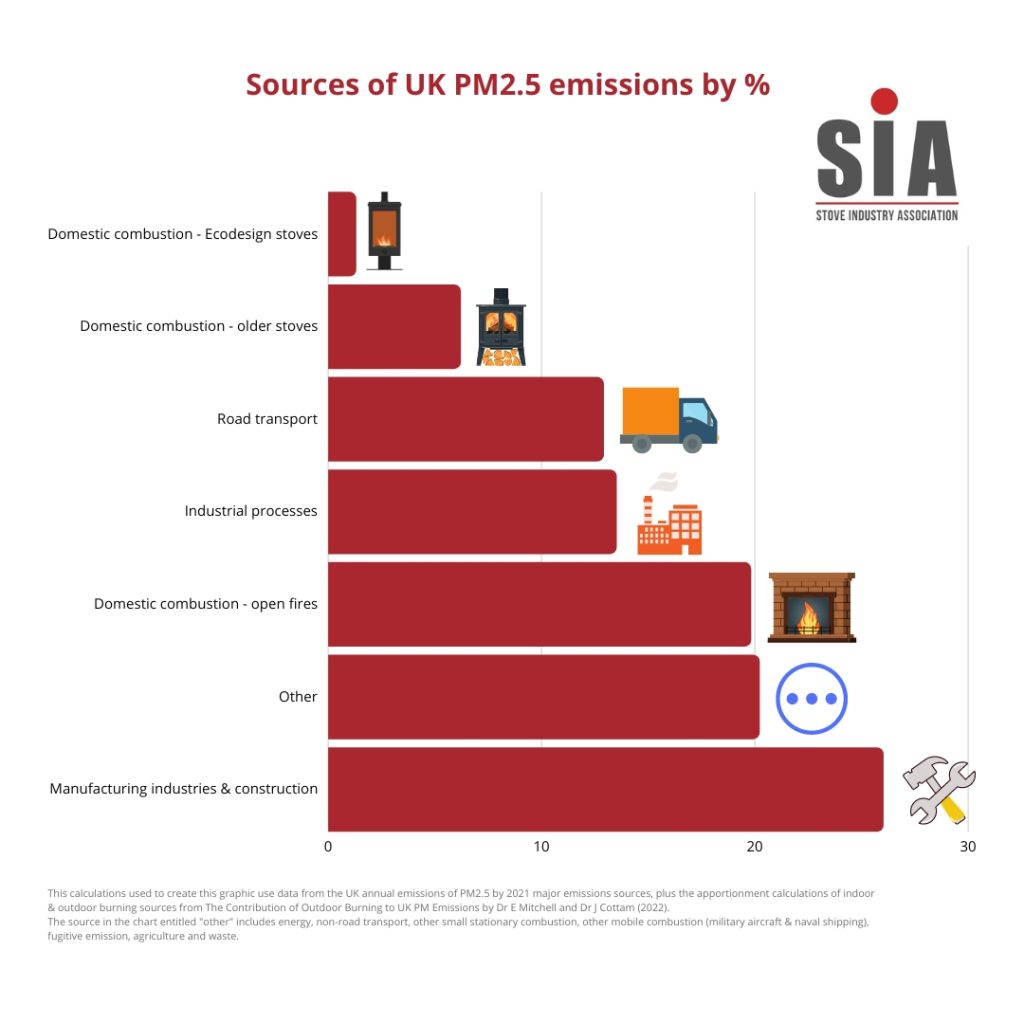
Without scrutinising this figure more closely, it would be easy to incorrectly assume that new wood burners being installed today account for nearly a third of the UK’s total PM2.5 emissions. This is frequently portrayed in the news, but it is simply not the case.
Another point to consider is the fact that the latest emissions data only covers up to the end of 2021. With the 2022 Eco Design regulations being introduced at the start of last year, we are only just beginning to learn of the positive impacts this scheme will entail for air quality within the UK.
An idea of just how far the new Eco Design regulations will go to reduce PM emissions is outlined in the diagram below.
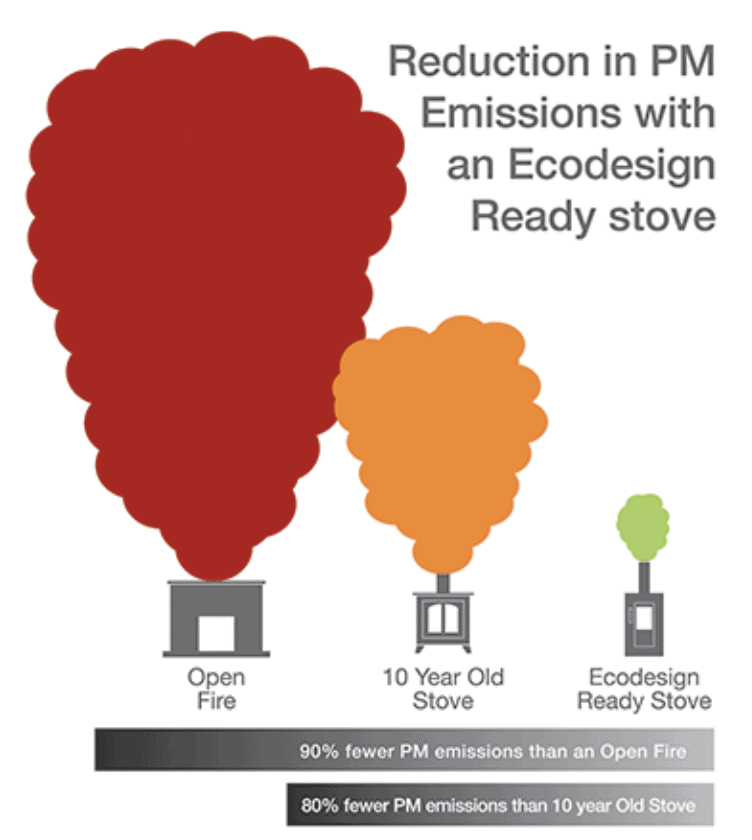
Modern Eco Design wood burning stoves release up to 90% fewer PM emissions in comparison to open fires, and up to 80% fewer PM emissions when compared to older non-Eco Design stoves. The backlash against wood burning stoves should focus on older stoves and open fires, and this is why the SIA recommends upgrading to a more modern and efficient appliance.
Our Hobbit stove and the Hobbit SE are ideal solutions to inefficient and polluting open fires. In fact, our small wood burning stoves have been specifically designed to enable you to replace an open fire with ease. Our stoves also enable you to retain the period features of your fireplace, such as ornate tiles or a cast iron surround.
Why not check out some of our case studies to see how other people have incorporated our stove into their period fireplace. You can click here to see how our stove can be installed into a fireplace, and you can also visit our authorised dealers page to arrange a site visit with your nearest recommended installer.
Indoor Air Pollution
The backlash against wood burning stoves within the media has often cited indoor air pollution from wood burning as a cause for concern. In reality, this is not something to worry about, and you can easily avoid smoke being released into your room by following these simple tips:
- Don’t place a large log on top of dwindling embers – ensure there is a good bed of hot embers before refuelling your fire.
- Keep refuelling time to a minimum and only refuel your stove occasionally.
- Don’t try to burn damp/wet fuel – any excess moisture will create more smoke.
- Open your stove door very slowly – this will allow the air pressure to equalise within a few seconds, and this will help to prevent smoke from being released into the room.
- If you are experiencing down draught problems, then try extending the height of your flue system, or incorporate an AD cowl.
- Carefully empty the ash pan outside to avoid soot or dust being released into the room.
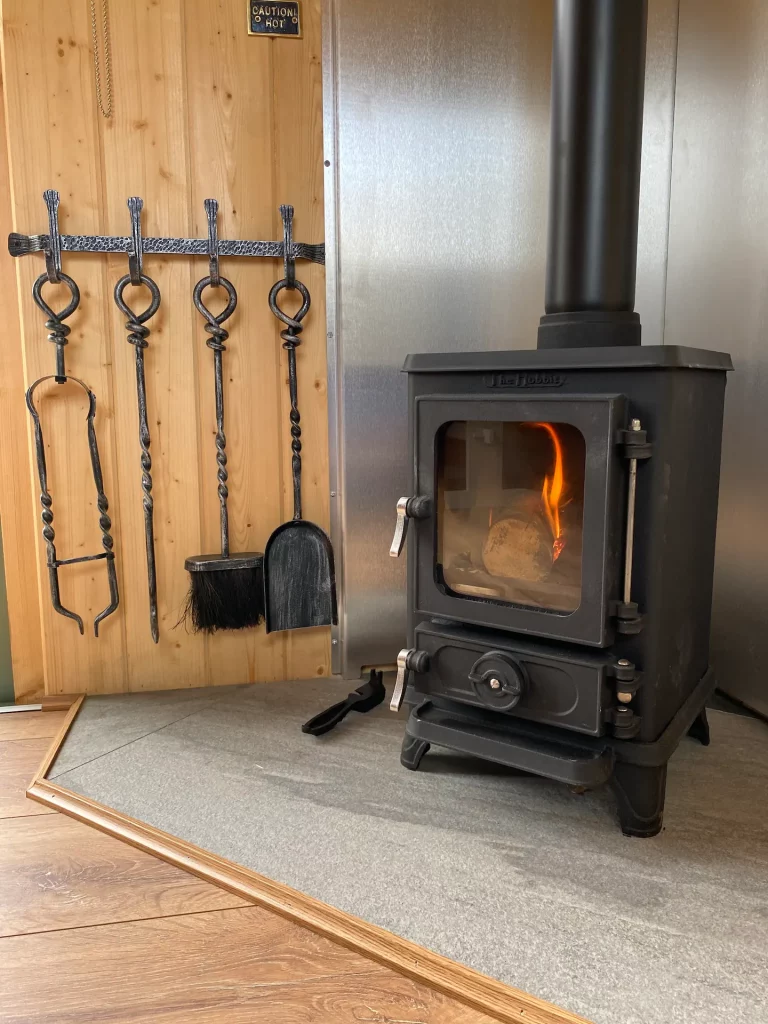
Our Hobbit stove installed in The Stone Wall Hideaway.
A recent literature review titled “Report on Indoor Air Quality Associated With Wood Burning” was carried out by Dr Amanda Lea-Langton, a senior lecturer in Bioenergy Engineering at The University of Manchester.
The review examined 35 different studies, and no scientific evidence was found for adverse health effects arising from exposure to indoor air that’s typically associated with modern, enclosed wood burning stoves.
In fact, this literature review actually found that the use of modern wood burning stoves may help to improve air quality inside the home, due to the natural draught created during wood stove operation. Wood burning stoves ventilate a space by drawing air from the room into the appliance, which exits up through the chimney or your twin wall flue system.
The review found that there was no association shown between the risk or asthma and exposure to indoor air associated with a modern wood burning stove. The review also found that other sources of particulate matter in the home, such as cooking, can release much higher levels of PM compared to modern, enclosed wood burning stoves, and this could therefore have greater health risk potential.
In one of the 35 studies that were examined, oil-based cooking, such as frying food or grilling meat, had peak PM concentrations that were substantially higher than the WHO recommended average exposure limit within a 24 hour period. The same study found that indoor air quality averages when an Eco Design wood burning stove was being operated were below the WHO recommended limits.
A separate study carried out by The University of Manchester in 2021 found that hairspray, candles and incense were all sources that released higher PM10 and PM2.5 emissions inside the home than a modern Eco Design wood burning stove.
The same study found that the indoor air quality impact of cooking a fried breakfast gave PM readings that were over 20 times higher than the WHO recommended limit! More information about these studies can be found on page 12 of the March/April 2023 issue of Fireplace Specialist.
There has been a common misconception that the use of wood burning stoves has a harmful impact on our health due to their contribution to indoor air quality, but this is simply not the case. The backlash against wood burning stoves centres on domestic combustion, but modern Eco Design stoves should not be compared to open fires or older, much more inefficient appliances.
Using Your Small Wood Stove Responsibly
When choosing the fuel for your stove to ensure you are using it in the most eco-friendly and efficient way, we suggest using dry untreated wood or eco logs.
The government, HETAS, Woodsure, the SIA and other authorities within the stove industry, are all strongly committed to providing correct and up-to-date education on what fuel you can burn and how your stove should be operated. This advice is paramount, as much of the backlash against wood burning stoves arises from the improper use of these appliances, and rightfully so.
For example, a recent survey in London found that people were burning fence panels, pallets, old furniture, doors, door frames and construction wood salvaged from skips. Construction wood is usually treated with preservatives to protect against insects and fungi, and before 2006, preservatives used in the UK often contained arsenic.. When this type of wood is burned, particles of arsenic are released into the ash and the smoke which then become part of the air we breathe.
Eco logs/heat logs/compressed sawdust briquettes:
This type of fuel is probably the most sustainable and environmentally-friendly option for your small multi-fuel stove. Waste wood shavings that are left over from manufacturing processes are compressed into hard, long-lasting briquettes, which are perfect for your fire.
Recommended stockists and distributors:
UK Logs Direct
Brix & Stix
Advantages:
- Environmentally friendly – uses leftover wood shavings so no new trees need to be felled. The backlash against wood burning stoves has not targeted this type of fuel.
- Burn hotter and longer than wood logs (eco logs usually have less than 10% moisture content).
- Clean and tidy – easy to store due to their uniform shape. Less dust and creatures in your home compared to wood logs.
- Great for older generations or people who experience joint/mobility issues – a lot of eco logs are small enough to pop straight into the firebox of your small wood burning stove. Other longer types break apart very easily with a light tap, which is much easier than splitting wood logs with an axe.
Disadvantages:
- Does not provide the beautiful flame pattern and the lovely crackle of a wood fire.
- Often use plastic shrink-wrap.
- Packs can be heavy and difficult to move around before they are opened.
- Must be stored in a very dry location.
- Some eco logs burn in a similar way to coal, so they are not suited to all wood burners. Choosing a small multi-fuel stove such as the Hobbit stove, the Hobbit SE, or our Little Range Cook Stove, will ensure that your appliance can burn this type of fuel.
Wood logs:
We have provided more detailed guidance below in regards to what wood you should use in your small multi-fuel stove:
- Make sure you know what type of tree you are burning – ash, birch, oak and beech are generally the best type of wood to use in your small wood burning stove. On the other hand, Laburnum, for example, produces a nasty smelling smoke that contains dangerous toxins, as this is a poisonous type of tree.
- Know what type of wood you are burning – hardwood logs will burn for longer, whereas softwood logs are easier to catch alight and are great for building up your fire.
- Watch the moisture content – only burn dry, seasoned wood that has a moisture content below 20%.
- Plan ahead – wood logs should generally be cut and stored for at least 2 years before being burnt.
- When purchasing fuel, keep an eye out to ensure that your chosen product is certified by the Woodsure Ready to Burn Scheme. As part of the Air Quality Regulations introduced in 2020, any wood fuel sold in volumes of less than 2m3 must be certified as Ready to Burn. Retailers have been banned from selling wet wood in units less than 2m3, but be sure to check the quality of your fuel when buying larger quantities.
- Burn FSC approved wood, which has been harvested sustainably.
- Do not burn pallets, drift wood, joinery wood, or other forms of processed wood. It’s great to find wood for free, but look for dry, well-seasoned, good-quality wood. Only take firewood from private land with express permission from the landlord. Another great tip is to obtain freshly-cut wood from tree surgeons before dry-storing the fuel and allowing it to season for 2 years.
How you operate a wood burning stove and what fuel you decide to use are as important as what stove you decide to purchase. If you operate your small wood stove correctly, then minimal amounts of smoke will be emitted from your chimney. Smoke should only really be released when you go to light your fire.
If you use dry, good-quality fuel, have the right flue parts installed correctly, and if you operate the stove as described in the manufacturer’s instruction manual, then you will be buying in an eco-friendly and efficient way.

